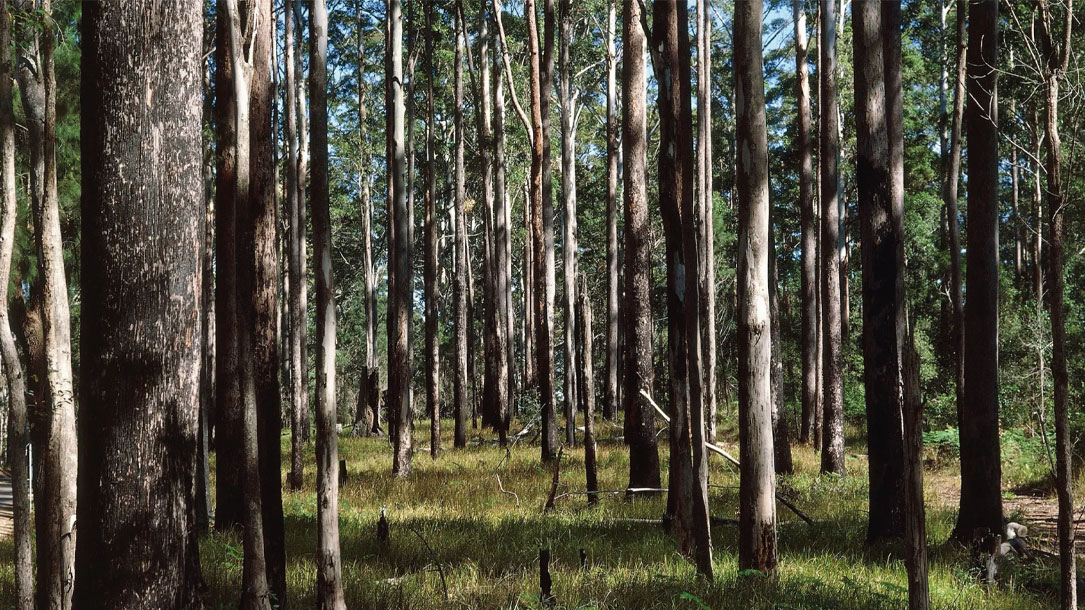
‘Whole thing is unravelling’: climate change reshaping Australia’s forests (There are warning signs here in the U.S. too)
Australia’s forests are being reshaped by climate change as droughts, heatwaves, rising temperatures, and bushfires drive ecosystems towards collapse, ecologists have told Guardian Australia.
Trees are dying, canopies are getting thinner, and the rate that plants produce seeds is falling. Ecologists have long predicted that climate change would have major consequences for Australia’s forests. Now they believe those impacts are unfolding…
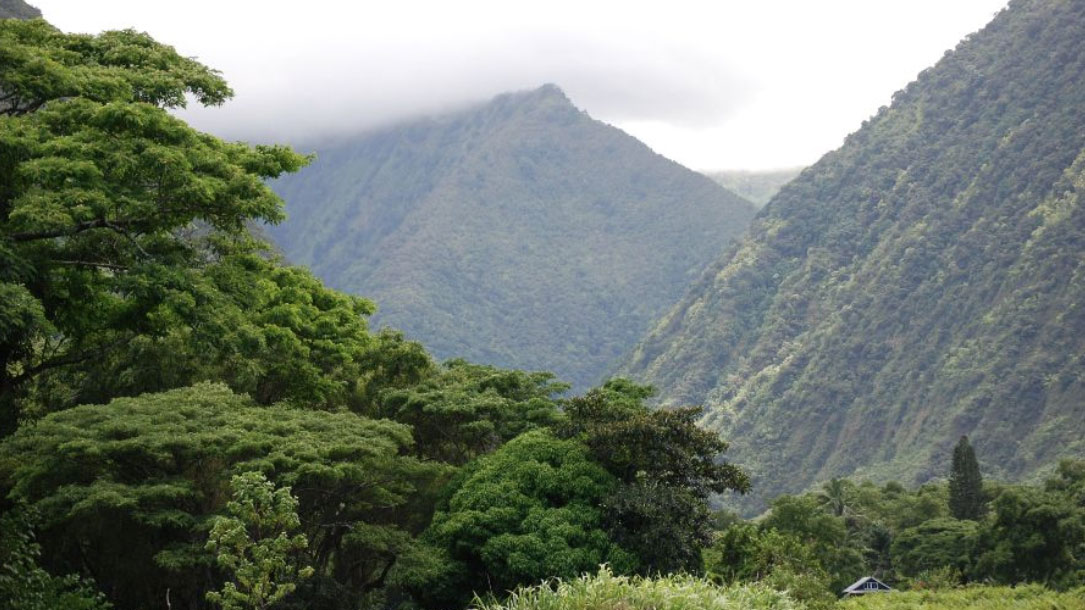
World’s biggest terrestrial carbon sinks are found in young forests
More than half of the carbon sink in the world’s forests is in areas where the trees are relatively young—under 140 years old—rather than in tropical rainforests, research at the University of Birmingham shows.
Dr. Tom Pugh, of the Birmingham Institute of Forest Research (BIFoR), explained: “It’s important to get a clear sense of where and why this carbon uptake is happening, because this helps us to make targeted and informed decisions about forest management…”

These climate pollutants don’t last long, but they’re wreaking havoc on the Arctic
“When people talk about climate change, the focus is often on carbon dioxide, and for good reason. The CO2 pumped into the atmosphere by burning fossil fuels today will hang around for centuries, building up over time and continuing to warm the planet.
It isn’t the only culprit, though. Mixing in are other pollutants that only stick around for a few weeks or years but pack a powerful punch while they’re there. And the Arctic, where the average temperature is rising twice as fast as the rest of the world, has become the unfortunate laboratory where researchers can best measure their impact…”

Arctic bogs hold another global warming risk that could spiral out of control
Increasing spring rains in the Arctic could double the increase in methane emissions from the region by hastening the rate of thawing in permafrost, new research suggests.
The findings are cause for concern because spring rains are anticipated to occur more frequently as the region warms. The release of methane, a short-lived climate pollutant more potent than carbon dioxide over the short term, could induce further warming in a vicious cycle that would be difficult if not impossible to stop…
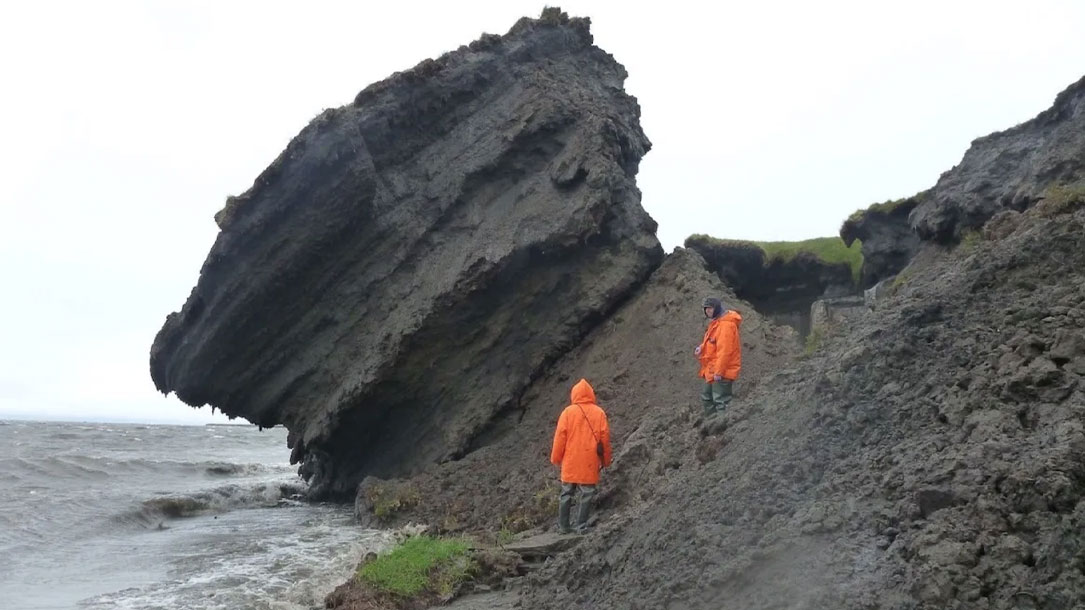
The most dangerous climate feedback loop is speeding up
The new study released on January 16th of this year is the first “globally consistent assessment of permafrost temperature.” Four dozen researchers from around the globe found that the ground temperature tens of feet below the surface “increased in all permafrost zones on Earth”—in the Northern Hemisphere, the mountains, and Antarctica…
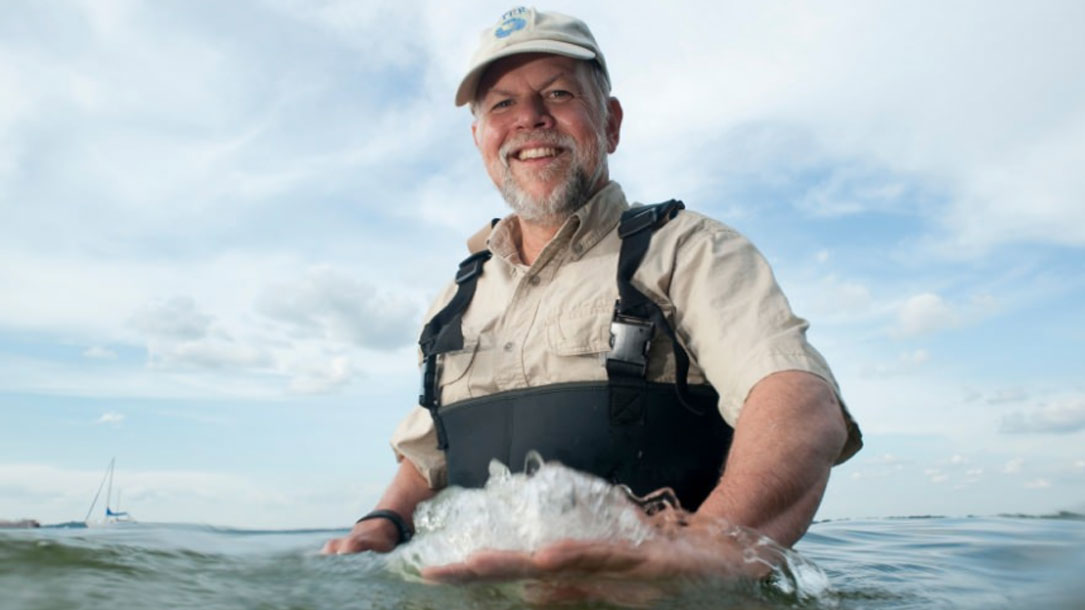
All hands on deck to understand, predict, prevent abrupt ecological change
“In 2011, Lake Erie turned into a toxic pea soup. One-sixth of the lake harbored a thick and deadly algal bloom that killed fish, closed beaches and struck a blow to Toledo, Ohio’s tourism industry. The bloom was three times larger than any algal bloom ever recorded there.
Then, in 2014, toxic algae suddenly contaminated Toledo’s water supply, preventing half a million people from consuming, cooking or bathing with their tap water…”
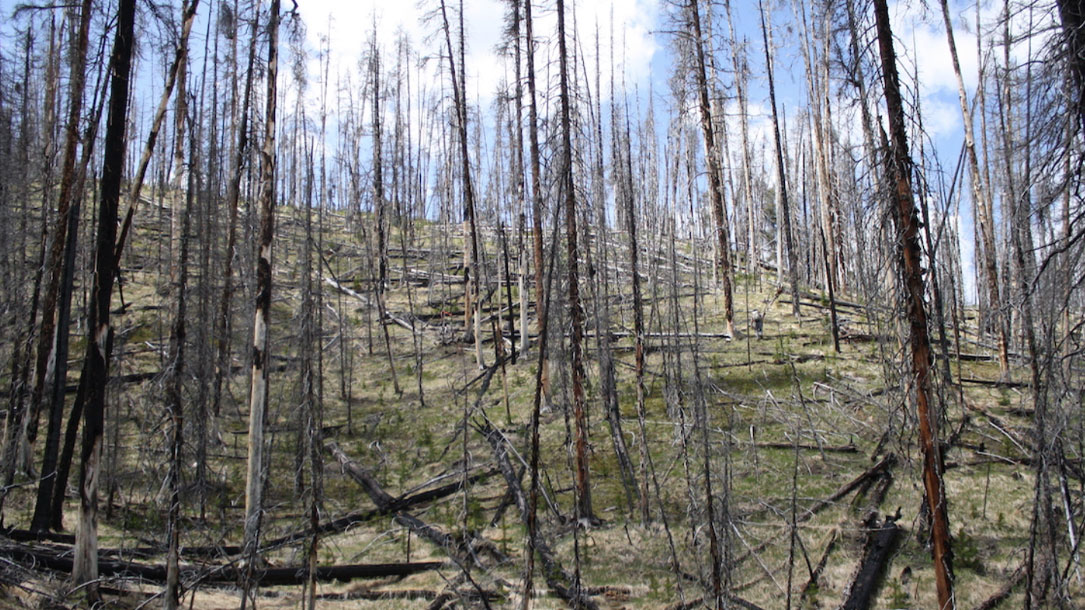
With fire, warming, and drought, Yellowstone forests could be grassland in 30 plus years
A recent study calls into question assumptions on the relationship between fire, tree growth, and how forests can be a major part of slowing down climate change…
“It wasn’t just a small reduction,” says University of Wisconsin–Madison Professor of Integrative Biology Monica Turner, “it was a failure to establish at the lower elevations.”… The park’s forests may be on the brink of abrupt change, where their resilience may suddenly be overwhelmed.
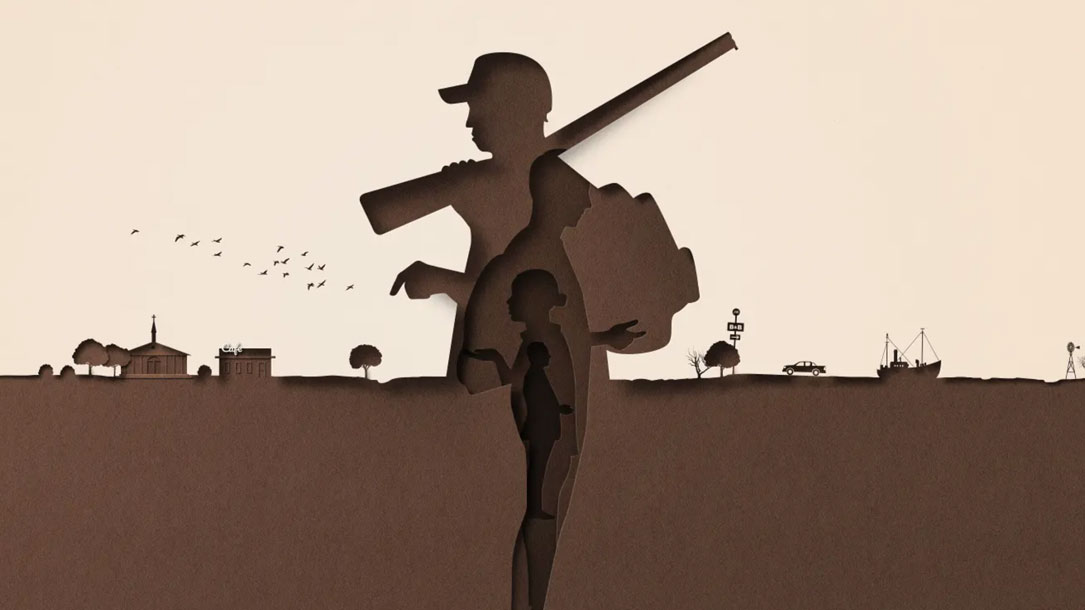
Not all environmentalists eat tofu; hunters fighting climate change
If conservation groups want to be inclusive, and impactful, finding shared values no matter the party affiliation will be important. That means talking about climate change in ways that resonate and finding partnerships to create change.
“I’m one of those rare Republicans that believe that if you don’t take care of your environment, your environment can’t take care of you,” says Charlie Phillips, owner of Sapelo Sea Farms in Georgia. Phillips makes his living growing clams, so water quality is crucial to him, which is why he serves on boards and tries to help scientists and fishermen find common ground…

Planet has only until 2030 to stem catastrophic climate change, experts warn
“Governments around the world must take “rapid, far-reaching and unprecedented changes in all aspects of society” to avoid disastrous levels of global warming, says a stark new report from the global scientific authority on climate change.
The report issued Monday by the UN Intergovernmental Panel on Climate Change (IPCC), says the planet will reach the crucial threshold of 1.5 degrees Celsius (2.7 degrees Fahrenheit) above pre-industrial levels by as early as 2030, precipitating the risk of extreme drought, wildfires, floods and food shortages for hundreds of millions of people…”

How will climate change impact coastal communities? Native plants out of control
‘”This shrub has always been here, it’s a native species. But it has just taken over,” said Julie Zinnert, Ph.D., an assistant professor in the Department of Biology in the College of Humanities and Sciences, on a recent visit to Hog Island. “If you look over this way, that’s all shrub. It’s a wall of shrub, just ginormous thickets. And that’s because of climate change…”‘












